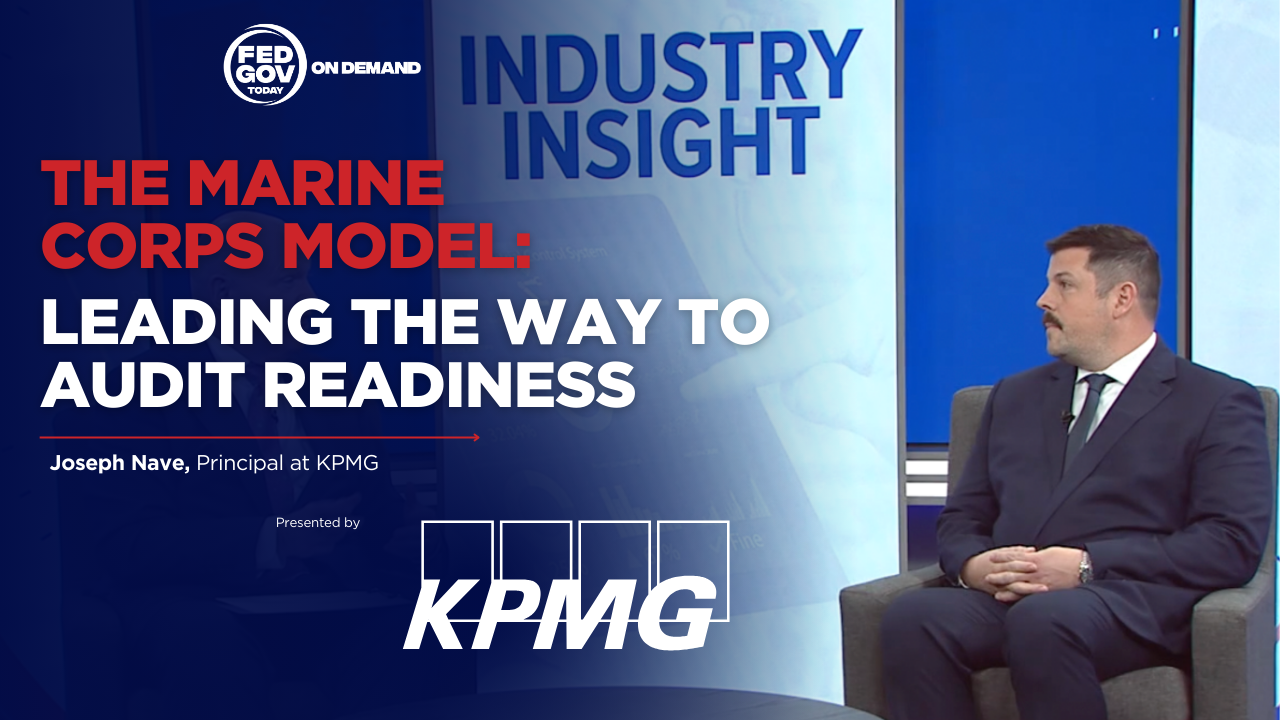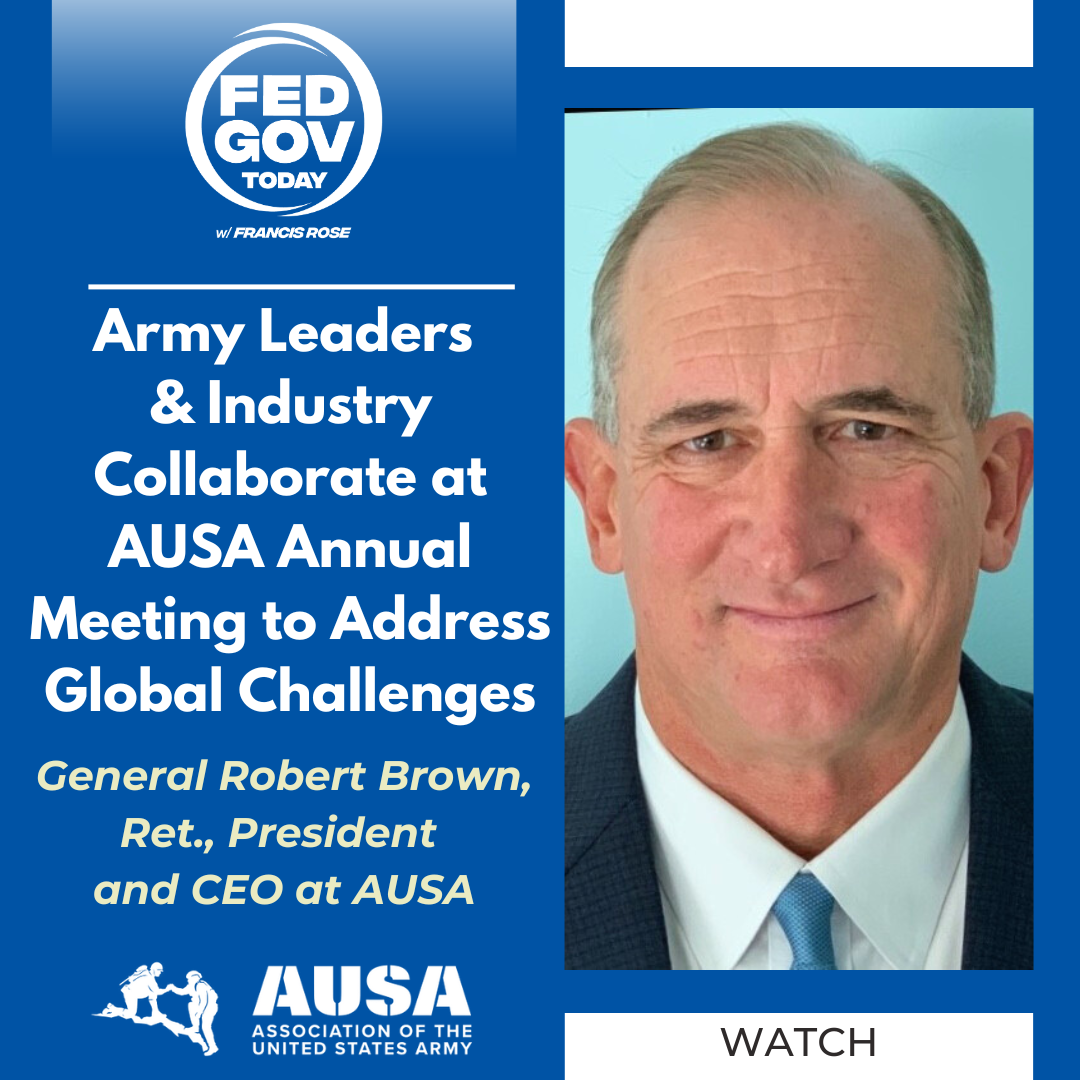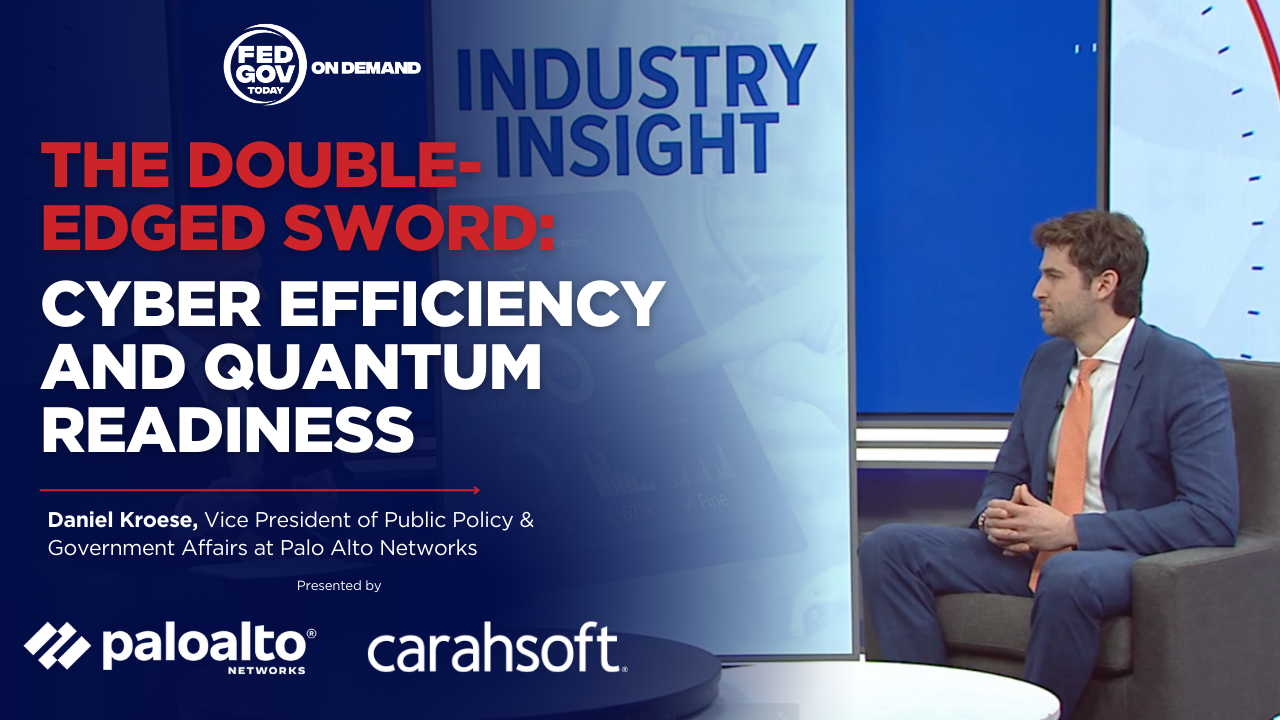Original Broadcast: 7/20/2025
Presented by EY
Automation can be a powerful force—but only when it’s applied with purpose. In his appearance on Fed Gov Today with Francis Rose, George Kaczmarskyj, Principal for Government and Public Sector at EY, outlines the critical lessons agencies must learn as they ramp up automation efforts. Drawing from years of experience in the commercial sector, Kaczmarskyj brings a clear message to government: focus on your process before you touch your tech.
 The temptation to jump straight into automation is understandable. Agencies see new tools and want to apply them immediately. But according to Kaczmarskyj, that approach is backwards. “Don’t automate a mess,” he cautions. That’s the title of a piece he wrote—and it’s a mistake he’s seen many organizations make. In the early days of automation in financial services, companies were eager to be early adopters. “There was unbridled enthusiasm to get into automation,” he recalls. “But we were often automating for automation’s sake.” The result? Suboptimal outcomes. Organizations were forcing technologies into processes they didn’t fully understand, leading to wasted investment and minimal impact. “We would take a technology and try to screw it into whatever task, just to say we saved two hours of a person’s time,” Kaczmarskyj explains. Over time, it became clear that better results came from stepping back and rethinking the process entirely. “If we thought about our processes holistically—why they exist, how they function—and then reengineered them, we saw a lot more value when we finally applied automation.” The big takeaway? “Automate as the last part of the mile,” not the first.
The temptation to jump straight into automation is understandable. Agencies see new tools and want to apply them immediately. But according to Kaczmarskyj, that approach is backwards. “Don’t automate a mess,” he cautions. That’s the title of a piece he wrote—and it’s a mistake he’s seen many organizations make. In the early days of automation in financial services, companies were eager to be early adopters. “There was unbridled enthusiasm to get into automation,” he recalls. “But we were often automating for automation’s sake.” The result? Suboptimal outcomes. Organizations were forcing technologies into processes they didn’t fully understand, leading to wasted investment and minimal impact. “We would take a technology and try to screw it into whatever task, just to say we saved two hours of a person’s time,” Kaczmarskyj explains. Over time, it became clear that better results came from stepping back and rethinking the process entirely. “If we thought about our processes holistically—why they exist, how they function—and then reengineered them, we saw a lot more value when we finally applied automation.” The big takeaway? “Automate as the last part of the mile,” not the first.
Kaczmarskyj also challenges the idea that automation is a one-size-fits-all solution. In the rush to modernize, agencies often reach for familiar tools, even when they’re not the right fit. He calls it the “Python syndrome”: to a Python developer, every problem looks like a Python problem. Instead of defaulting to a single technology, Kaczmarskyj advocates for expanding the “technology aperture.” Automation isn’t linear, he says—it’s a landscape. “If you look at the patterns that people perform manually, there are different technologies that fit those patterns better.” The right approach, he says, starts with understanding the process and the desired outcome. Then, and only then, do you select the technology that aligns with that pattern. “We needed to pick the right automation tool for the right process pattern,” he emphasizes. And that requires thoughtful solutioning—not just applying the trendiest tool.
Kaczmarskyj sees strong parallels between today’s automation push and other federal modernization efforts in the past. Cybersecurity and digital transformation, for instance, both learned the hard way that retrofitting isn’t enough. “In cybersecurity, we heard: don’t bolt it on, build it in from the beginning,” he says. “In digital modernization, agencies realized they had to look at the business process first before applying the digital layer.” The same is true for automation. “These solutions and best practices are similar,” he says, “but sometimes harder to apply, because automation often uses tools that are less flexible.” That’s where commitment to reengineering becomes crucial. Unlike other transformations that involve entirely new systems, automation often introduces a new toolset to an old process. That makes it even more important to rethink the process—otherwise, agencies risk layering inefficiency on top of inefficiency.
For agencies just starting down the automation path, Kaczmarskyj encourages them to think long term. In his writing, he emphasizes the importance of planning for Day One, Year One, and Year Five. Of the three, he says Year Five is the hardest—but also the most important. “We don’t often think that far ahead,” he admits. “But we need to imagine a future where we have thousands of automations that don’t exist today, interacting with hundreds of systems and tens of thousands of stakeholders.” Without that future-focused thinking, agencies risk building up massive technical or process debt. The key, he says, is to imagine not just the solution—but the operating model that supports it at scale.
Finally, Kaczmarskyj argues that successful automation requires more than good tools. It demands an innovation mindset—and a team structure that supports it. “As you go through the automation journey, you need to establish your automation capability,” he says. That means dedicating resources not just to technology implementation, but to continual learning, experimentation, and improvement. “Innovation has to be part of the remit of that function,” he adds.
As more federal agencies embrace automation, Kaczmarskyj’s advice couldn’t be timelier. With budget constraints, staffing challenges, and rising expectations, there’s more pressure than ever to do more with less. But the path to smart automation isn’t paved with shortcuts. It’s built on thoughtful design, cross-functional collaboration, and a deep understanding of process. “Don’t automate a mess” isn’t just a warning—it’s a roadmap. And if agencies follow it, Kaczmarskyj believes they’ll not only see better results—they’ll build a more agile, efficient, and innovative government.



